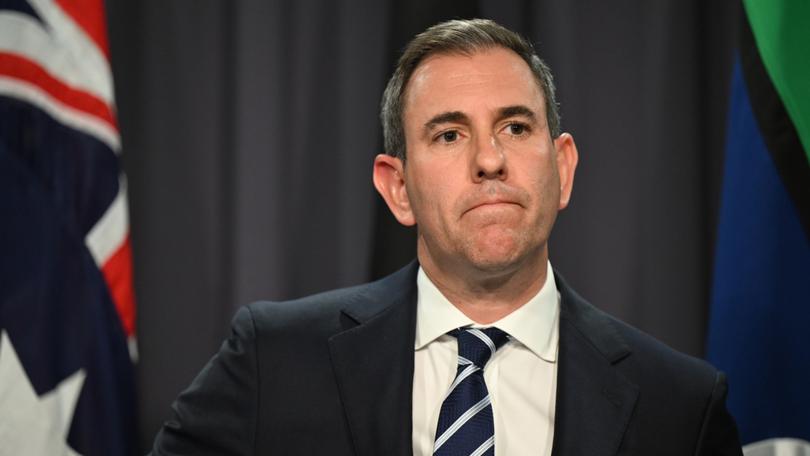EDITORIAL: Defiant jobs market signals inflation not dead yet

You’ve almost got to feel sorry for the boffins whose job it is to predict what the economy is going to do.
Each month or quarter, there’s a new set of figures out which show the economy simply refusing to behave how it’s supposed to.
This time it’s employment.
Sign up to The Nightly's newsletters.
Get the first look at the digital newspaper, curated daily stories and breaking headlines delivered to your inbox.
By continuing you agree to our Terms and Privacy Policy.According to figures from the Australian Bureau of Statistics, the economy added 64,100 jobs last month.
Economists had factored in only 25,000.
That kept the unemployment rate unchanged at 4.1 per cent, while analysts had estimated it would hit 4.2 per cent.
The participation rate rose to new highs too, meaning a greater share of adults of working age are either working or actively looking for a job.
More people in work sounds like it should be good news.
Treasurer Jim Chalmers certainly wants you to think of it as such.
He wasted no time in crowing about the Albanese Government’s achievement in becoming the first “of any political persuasion (to have) overseen the creation of a million new jobs in a single parliamentary term”.
“We’re all about more people working, earning more and keeping more of what they earn and this shows we’re making good progress.
“It’s a tribute to our workers and employers, and it justifies the responsible way we’re managing the economy.”
But the uncomfortable truth is that there’s a downside to the enduring and defiant strength of the Australian jobs market.
Low unemployment is one of the key drivers of inflation. If everyone who wanted a job had one, employers would have to pay people more, which would then push up the price of everything.
And persistent inflation means that you can kiss goodbye to the chance (however remote) of a interest rate cut before Christmas.
At 4.1 per cent, the unemployment rate is above what the Reserve Bank considers “full employment”.
The earliest a rate cut can now be expected is February, at the Reserve Bank’s first meeting of 2025. the more likely scenario however is a rate cut in April —just a few weeks out from the expected Federal election date — or even later in the year.
And although the figures may appear to indicate a strong and resilient economy, a deeper look at the data shows it’s more complicated than that.
About 70 per cent of employment growth in the past year has been in what the ABS calls the “non-market sector” — that is, jobs tied to government services in areas such as health, education and the public service.
Meanwhile, employment growth in the private sector has eased.
It’s another example of an economy artificially propped up by massive amounts of government spending.
And the fact that the participation rate has risen may hint at households which have had to find extra employment to cope with the ongoing cost-of-living crisis.
So while the Government wants you to believe that more people in work translates to a stronger economy, justifying its economic management, the reality is it’s not so simple.
The real story is that inflation crisis — prolonged by government decisions — is still smashing households. Until that can be brought to heel, expect the pain to remain.
